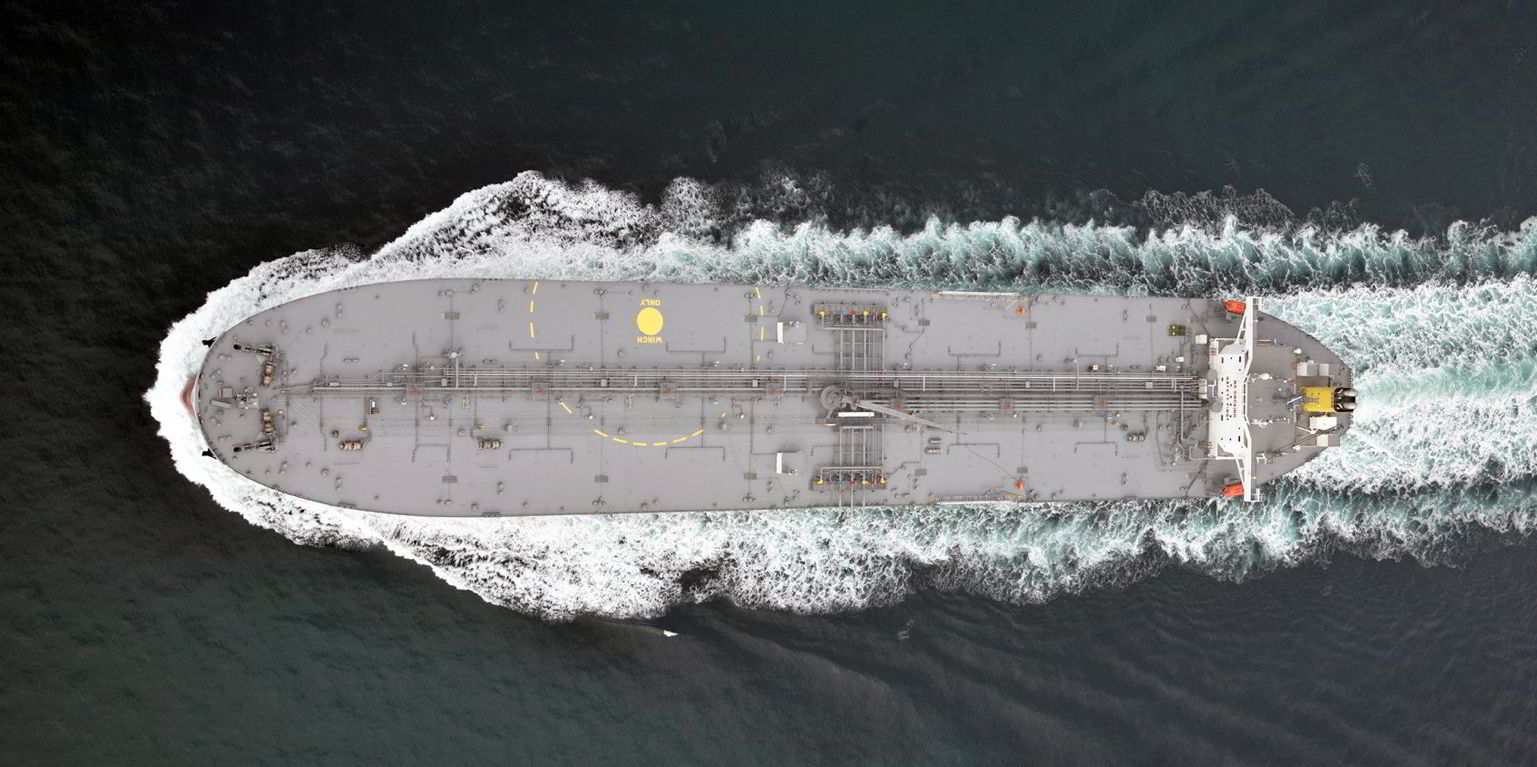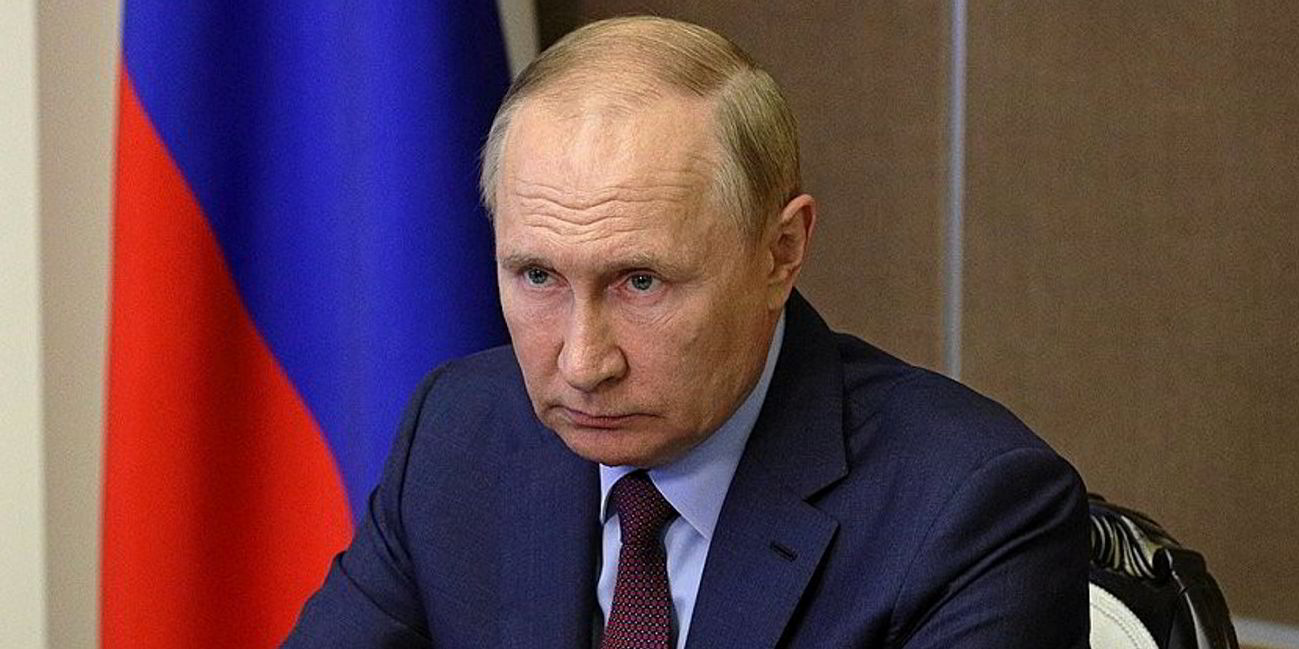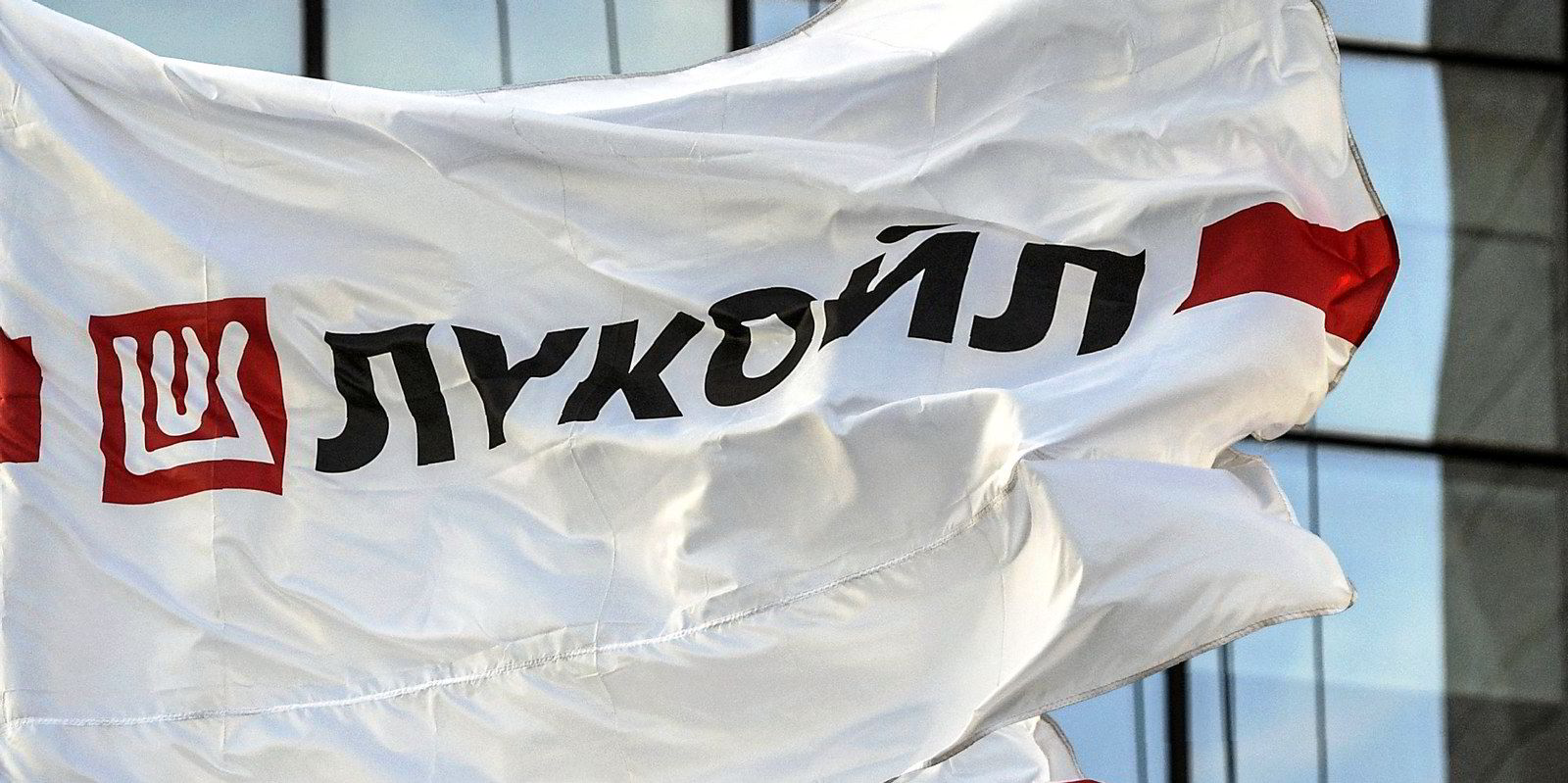Russia’s invasion of Ukraine almost a year ago pushed tanker tonne-miles on the Baltic to South Asia route up by almost 700% in 2022, according to Poten & Partners.
The tonne-miles on this route went from 71m in 2021 to 566m last year, making it the ninth-largest global dirty trade route, up from 54th.
“This massive increase is the result of the surge in Russian crude oil exports to India after the invasion of Ukraine triggered sanctions from many of Russia’s traditional and geographically closer customers in Europe,” the US shipbroker said in its latest market report.
The invasion also boosted tonne-miles per day on two other routes — the US Gulf to South East Asia and the Middle East Gulf to Europe.
After the start of the conflict, oil prices spiked. In an attempt to moderate gasoline prices in the US, the Biden administration announced a release of 180m barrels of oil over six months from the Strategic Petroleum Reserve (SPR).
“Some of these SPR barrels were exported to Asia and — in addition to already growing US crude oil exports to Asia — contributed to a boost in tonne-miles to this region,” Poten said.
“The growth in tonne-miles on the [Middle East Gulf] to Europe route came as European countries were looking for alternatives to Russian crudes.”
However, one thing did not change: China’s dominance of the main tanker trade routes.
“Four out of the top six tanker routes by tonne-miles are destined for the China Sea, which region, apart from China and Taiwan, also includes South Korea and a few smaller importers,” the broker said.
“In 2022, the tonne-miles on the [Middle East Gulf] to China Sea route increased by 10%, or 584m tonne-miles, making it the number-one-ranked trade route measured by the tonne-mile change relative to 2021.”
The main losers were the long-haul trades from the Atlantic Basin to Asia, as well as from the North Sea to the US Gulf.
“European sanctions on Russian barrels have drawn in more crude from West Africa, Brazil and Guyana, diverting them away from Asia and shortening the average sailing distance for these crudes,” Poten said.
Tonne-miles on the West Africa to China Sea route were down 23% year on year to 1.23bn, while those from South America to China and South East Asia were down 17% and 34%, respectively.
“The Europeans also kept most of the North Sea crude in the region, reducing the availability for exports to the US Gulf. The limited flow of Russian crude and fuel oil to the US stopped as well in 2022,” Poten said.
All these changes added up to an increase in overall tonne-mile demand. Aframaxes and suezmaxes initially benefited most, but VLCCs caught up in the second half of the year.
The broker said it is difficult to see clearly what changes 2023 will bring.
However, it said the strength of China’s post-Covid recovery, the health of the global economy and the war in Ukraine will be the key drivers.





